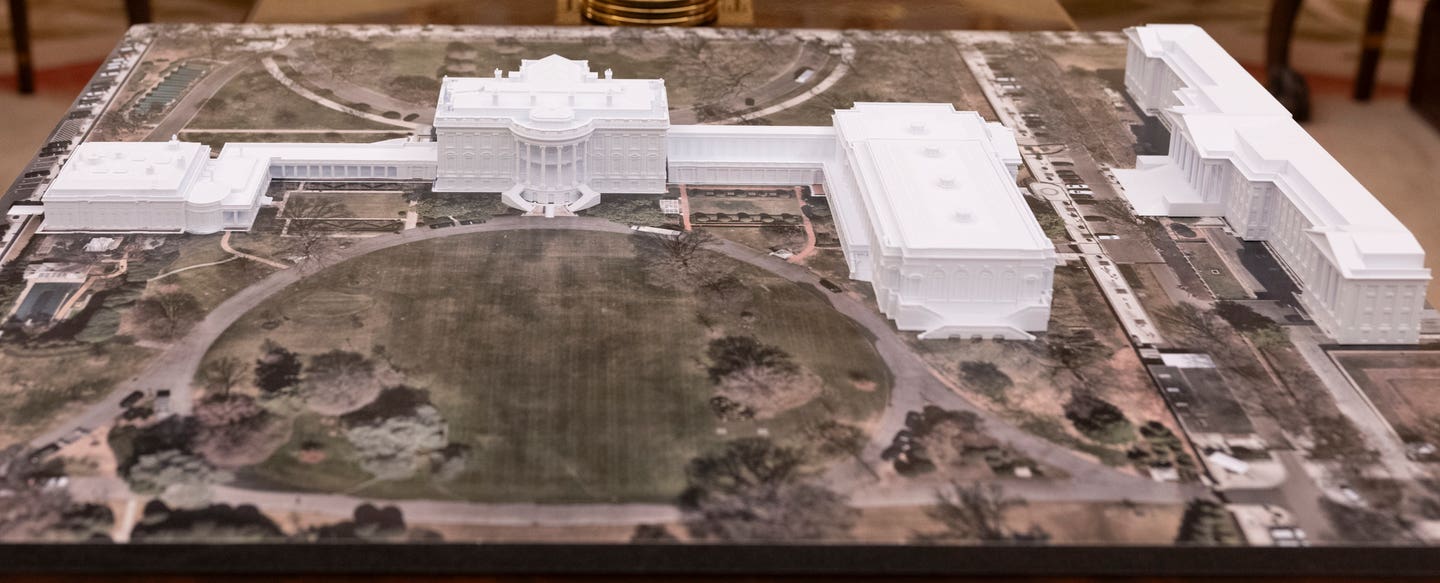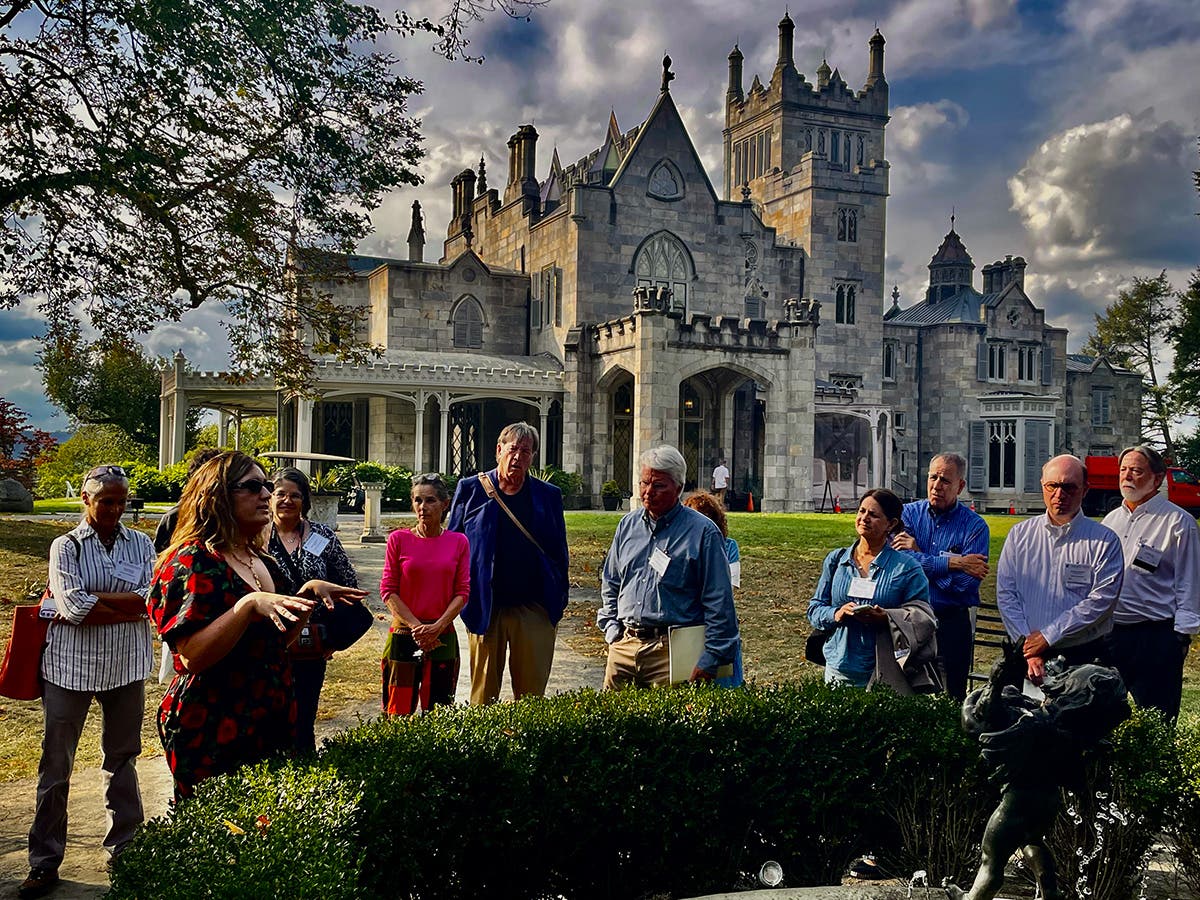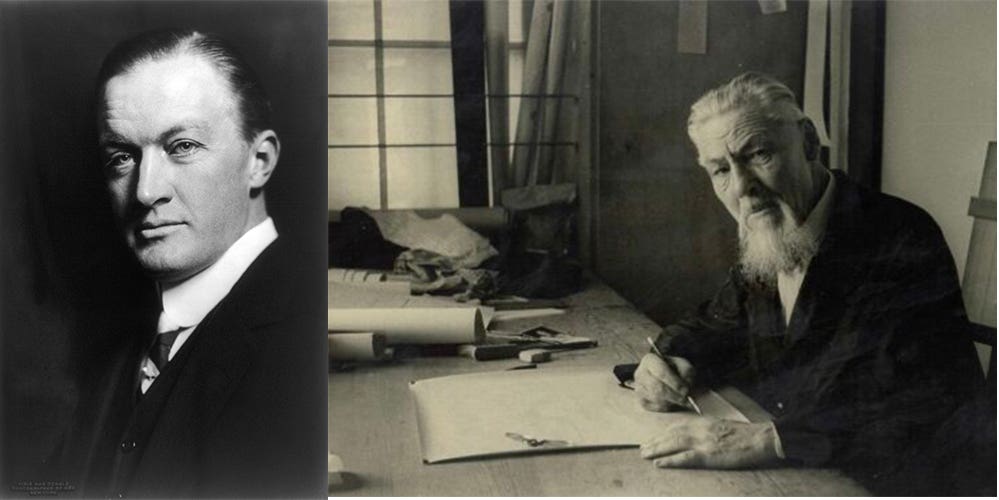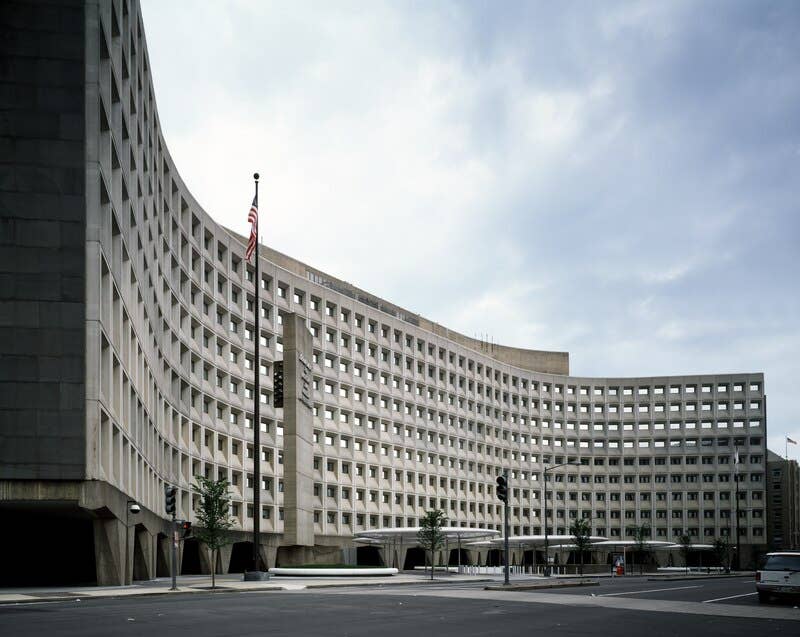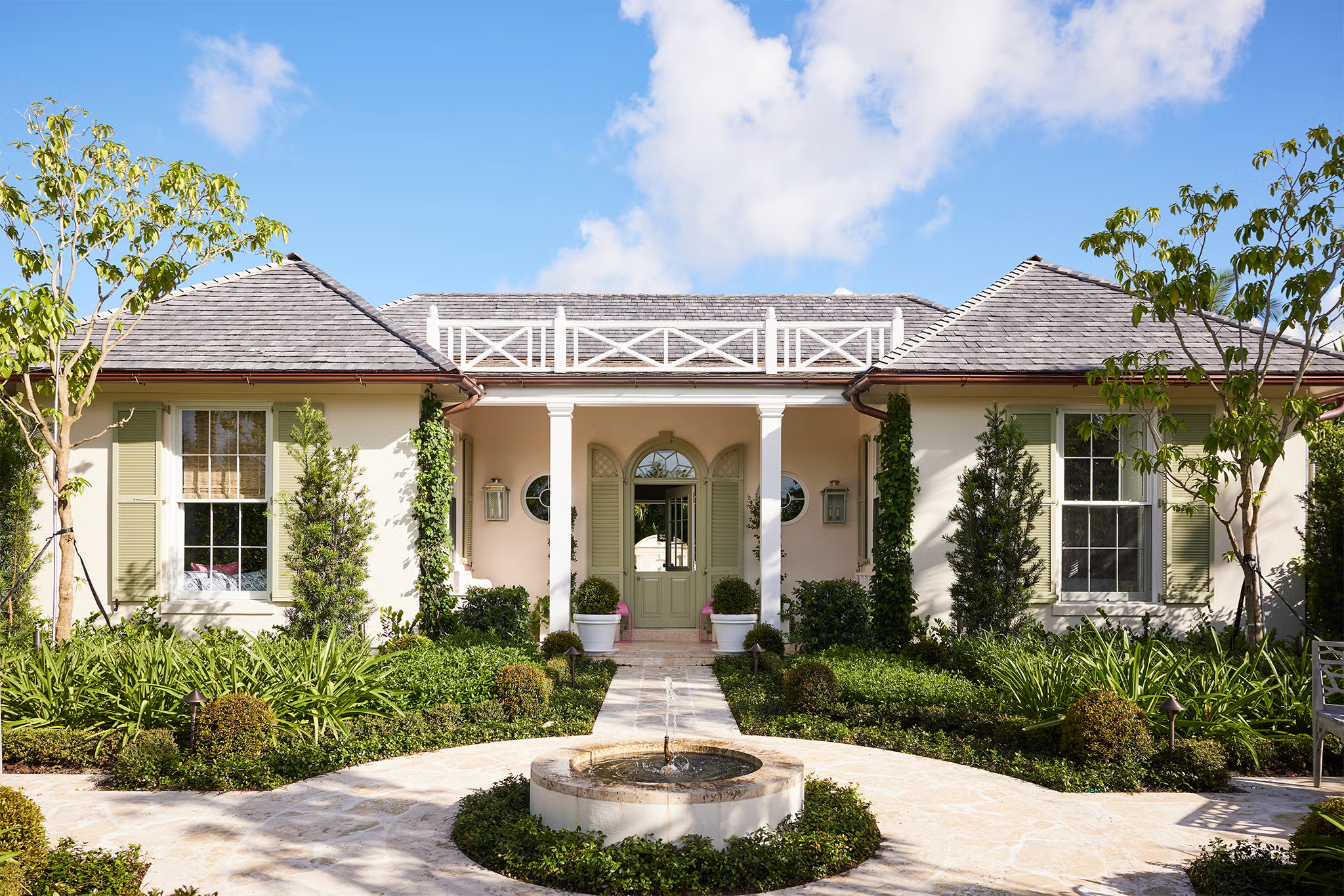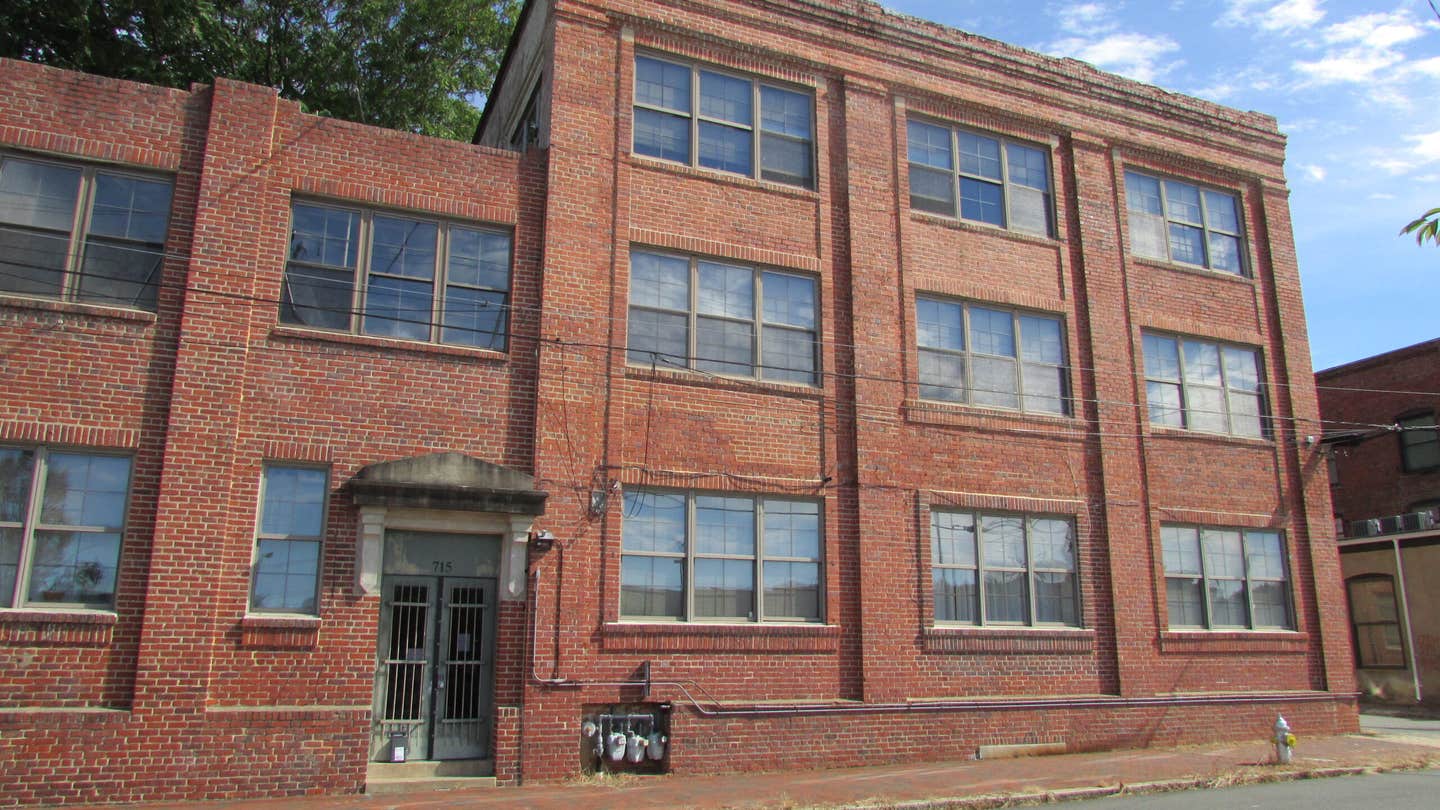
Peter Miller
What I Learned at AIA in Las Vegas, June 2019
A panel discussion called “Critical Stewardship;” a presentation about the Portland Building, a Michael Graves post-modern icon; designing for wellness; an AIA Historic Resources Committee luncheon speaker from the Neon Museum, and an economic forecast by AIA economist Kermit Baker were among the sessions I attended at last week’s annual AIA Convention in Las Vegas. In case you missed it, Las Vegas was 102 degrees on June 5-8 with hot wind blowing off the desert. This weather makes it easier to stay indoors and earn our CEUs.
“Critical Stewardship” was presented by Mary Ann Upton, Design Lab Architects; David N. Fixler, FAIA, LEED; Amanda Hurley, senior editor, CityLab/Atlantic Media and special guest panelist Carl Elefante FAIA, immediate past president of the AIA, Quinn Evans Architects. Their theme was “Preservation Reimagined,” whereby historic preservation, often precious and inflexible owing to Department of Interior Standards, needs to be more flexible to accommodate today’s building-use demands.
What I heard here was that sustainability and making an existing building relevant today, is more important than jumping through NPS hoops to preserve historic fabric. A traditional building’s embodied energy and the avoidance of tear-down, land-fill overload, is enough to justify “preservation” a.k.a. adaptive use. Be respectful of the building’s past, but balance this with pragmatism about the building’s use in the future. “Conservation” not “preservation” is critical if we are serious about sustainability.
Amanda Hurley used the Union Carbide building of New York City to make this point: The planned demolition of this skyscraper is obscene. Maybe the building demo debris can be used to widen Manhattan island? The carbon emission to build something new in its place is anything but carbon neutral.
Hurley quoted Max Page, author of Why Preservation Matters: “In the age of climate change…preservationists should not be arguing solely for the preservation of beautiful or significant buildings; they must demand that Americans preserve most buildings.”
David Fixler FAIA, whose practice is about the restoration of Mid-century Modern buildings, admitted that brutalist architecture is loved by architects but hated by the occupants. What shall we do with these buildings? This question still occupies our mind like the elephant in the elevator.
Mary Ann Upton shared these Eight Tenants of Critical Stewardship:
1. Consider social, cultural and environmental context and establish an interpretive narrative
2. Establish essence or what is essential about a place
3. Balance the acknowledgment and honoring of intent with material conservation to optimize design thinking
4. Consider the embodied energy of each material resource in determining value
5. Identify both material and programmatic failure and conduct a critique of performance; address inherited shortcomings
6. Embrace new technologies; new and old are compatible
7. Age is only one of many values—each must be weighed in making conservation decisions
8. Embrace creativity and design
Upton goes on to declare, “In its most distilled form, Critical Stewardship is design and environmental consciousness. It is the approach by which we celebrate and leverage the past for tomorrow. While traditional preservation practice does too, we offer alternative avenues outside the ‘orthodox.’ This is merely our provocation and guidance.”
During this session’s Q and A, Carl Elefante made the compelling point that while building owners consider themselves the stewards of their buildings, it is the community who “owns” them. Upton concurred by showing us how her firm’s buildings are used, how they serve others. “As professionals who craft the physical settings where all our interactions take place and where our emotions echo about, we must always be mindful of our people—the ‘why’—and hold it in the highest regard.”
The health and wellbeing of traditional building occupants were the subjects of a session presented by Whitney Austin Gray, Ph.D. of Delos Insights, a research and wellness firm. Whether mitigating noise, so we can sleep soundly, or designing windows for better vitamin D daylighting or installing HVAC for better air quality….architects and designers are “public health workers.” This is a common theme at design conferences of late and Gray made the point well.
My AIA education experience shifted from sustainability, to wellness, to diversity when I attended the AIA Historic Resources Committee luncheon at the Mid-century Modern Las Vegas Country Club. Under the curved timbers, amidst the stone columns of the club, over lunch, I heard a presentation about the first African American architect member of the AIA, Paul Revere Williams.
Our speaker, Cynthia Behr Warso is the Director of Curation and Education at the Neon Museum of Las Vegas whose exhibition includes the neon sign from the La Concha Hotel, a Paul Williams building. Paul Revere Williams, 1894-1980, was awarded AIA’s Gold Medal in 2017. He designed houses for the rich and the not-so-rich, including affordable, Mid-century Modern houses in the Berkeley Square neighborhood of Las Vegas, which is on the National Register of Historic Places. He also designed houses for Lucile Ball and Frank Sinatra.
I learned about another building on the National Register, the Portland Building, Portland, Oregon, designed by Michael Graves, arguably the father of 1980s Post Modern architecture. Erica L. Ceder, DLR Group, Portland, discussed the lessons learned during this $195 million rehabilitation. Her team’s project required “new thinking” about historic preservation. Portland building materials did not hold up well; despite its innovative design in 1982. There was considerable controversy in preservation circles about the treatment of the exterior.
AIA’s Chief Economist Kermit Baker reported a downturn in architectural billings for the first quarter of this year but a positive outlook for the rest of this year, according to architects surveyed. Restoration and renovation of existing buildings represents 44% of construction activity. We are in a long economic recovery but there is market volatility too. Housing prices are strong, growing 4%, but the labor shortage and nervous clients create headwinds for faster growth. According to Baker, the construction industry lost 2 million workers during the last recession which have not re-entered the construction workforce. This makes worker productivity more critical than ever. Baker advises architects and contractors to look outside the U.S. for new business: “88% of the world’s construction activity is outside our country.”
Peter H. Miller, Hon. AIA, is the publisher and President of TRADITIONAL BUILDING, PERIOD HOMES and the Traditional Building Conference Series, and podcast host for Building Tradition, Active Interest Media's business to business media platform. AIM also publishes OLD HOUSE JOURNAL; NEW OLD HOUSE; FINE HOMEBUILDING; ARTS and CRAFTS HOMES; TIMBER HOME LIVING; ARTISAN HOMES; FINE GARDENING and HORTICULTURE. The Home Group integrated media portfolio serves over 50 million architects, builders, craftspeople, interior designers, building owners, homeowners and home buyers.
Pete lives in a classic Sears house, a Craftsman-style Four Square built in 1924, which he has lovingly restored over a period of 30 years. Resting on a bluff near the Potomac River in Washington, D.C., just four miles from the White House, Pete’s home is part of the Palisades neighborhood, which used to be a summer retreat for the District’s over-heated denizens.
Before joining Active Interest Media (AIM), Pete co-founded Restore Media in 2000 which was sold to AIM in 2012. Before this, Pete spent 17 years at trade publishing giant Hanley Wood, where he helped launch the Remodeling Show, the first trade conference and exhibition aimed at the business needs and interests of professional remodeling contractors. He was also publisher of Hanley Wood’s Remodeling, Custom Home, and Kitchen and Bath Showroom magazines and was the creator of Remodeling’s Big 50 Conference (now called the Leadership Conference).
Pete participates actively with the American Institute of Architects’ Historic Resources Committee and also serves as President of the Washington Mid Atlantic Chapter of the Institute of Classical Architecture & Art. He is a long-time member of the National Trust for Historic Preservation and an enthusiastic advocate for urbanism, the revitalization of historic neighborhoods and the benefits of sustainability, including the adaptive reuse of historic buildings.




